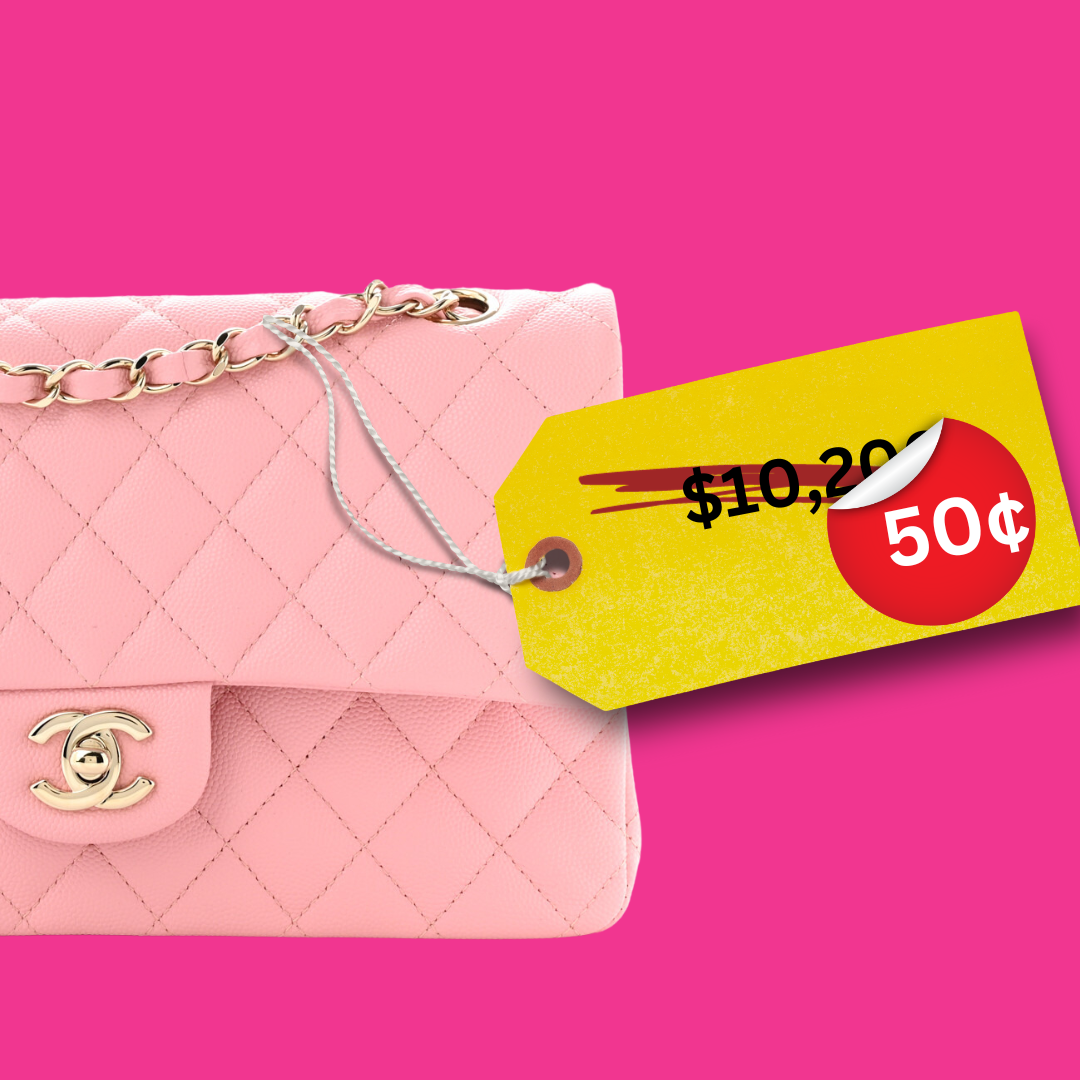
Why Women Do “Girl Math” As Cost-Benefit Analysis Before Luxury Purchases
by Maura Carlin, PurseBop Editor
Ever heard of “girl math?” Yeah, until recently we hadn’t either, sending us “back to school” to figure this out.
Apparently “girl math” is a term used to describe the evaluation made to justify shopping purchases by women, especially luxury items and often regarding handbags. Except it is gendered, which mathematics is not. As we recall, there was no separate class in “girl math” or for that matter “boy math.” Mathematics, as a discipline at whatever level, was gender neutral and classes were not divided on the basis of gender.
So what gives? Surely, someone somewhere thought “girl math” was some cutesy shorthand for the analysis one may (or may not) do before making a large, perhaps luxury, purchase. Now the subject of giggly YouTube videos and reels, often with a man laughing at a woman’s explanation, some are trying to make it sound less derogatory than the examples often cited which are extremes and generally jokes. Although one might say in jest that they saved money by purchasing something on sale, most realize that doesn’t amount to free money, especially when the credit card bill arrives.
Another cited (and supposedly comical) example is considering cost per wear. That is, dividing the price paid by the number of times you expect to use the item. For example, spending $1000 for a handbag you expect to use nearly every day for five years (1825 times), means that if you had to pay each time you carried the bag, it would cost you a bit over 50 cents. Really not much, and probably justifiable. Or as some social media posters say, it’s practically free. However, apply the same analysis to an evening bag you’ll only use once, then the cost per wear is $1000 or less cost effective.
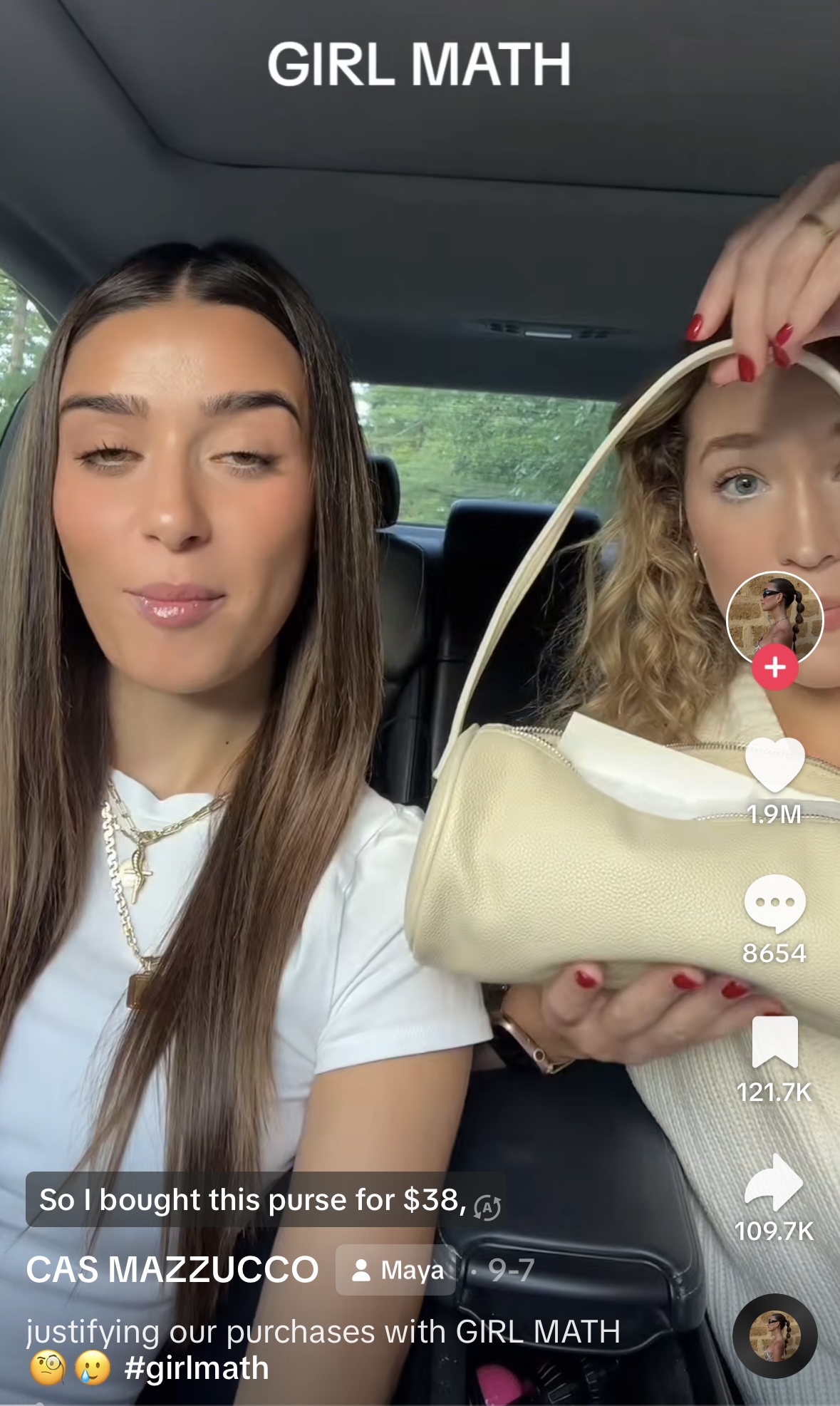
One of many TikTok videos explaining “Girl Math.” This one has over 1.9M likes.
Frankly, nothing about that appears funny. It seems smart. In essence, it’s just a cost-benefit analysis that, to some extent, we all do all the time when shopping, even for the mundane. Is that bag of frozen peas worth $3 or should I wait until it’s on sale? Will I use the fresh blueberries that cost a shocking $12 before they go bad? Or should I buy that umbrella off the street for $10 when I suspect it will only be good for one rainstorm?
Bigger purchases especially lend themselves to this type of analysis. Is it good value to buy that new car rather than leasing it? And do I opt for the expensive unnecessary extras that I may (or may not) need. Or, on another level, should I purchase my own plane or a fractional share?
However, apply this kind of thinking to a potential handbag buy and it suddenly becomes girl math rather than rational thinking. Apparently, weighing how many times one might use the bag (or other item) against the cost – aka cost per wear – is the subject of some ridicule that doesn’t seem to apply to stereotypically male purchases.
Indeed, if a man considers how many times he’ll play golf before purchasing a new set of clubs or joining a country club, no one derides it as “boy math”. Add to that the potential business benefit, and well, it practically pays for itself, as some have said. Another example is buying a Rolex (or other premium) watch. Somehow that gets justified as an item used daily that helps in establishing or preserving one’s image as successful. And maybe it will increase in value. Or not.
Handbags are now an alternative investment category in many luxury financial indices. They are big business. Not only do brands rely heavily on these products to generate income, but investors, stock analysts are paying attention. The Wall Street Journal, New York Times, CNBC, and other media cover the luxury bag market (often citing PurseBop). So, it’s not all frivolous. Nor it is all feminine.
Women are not the only people to purchase designer handbags. There is an entire booming market for men’s bags and luggage. Hello Pharrell Williams. Recently named Louis Vuitton Men’s Designer, Williams said he designed for himself. And those bags are expensive.
Read: Pharrell’s Debut at Louis Vuitton Men’s 2024 Spring-Summer: A Look at the LoVers Bags
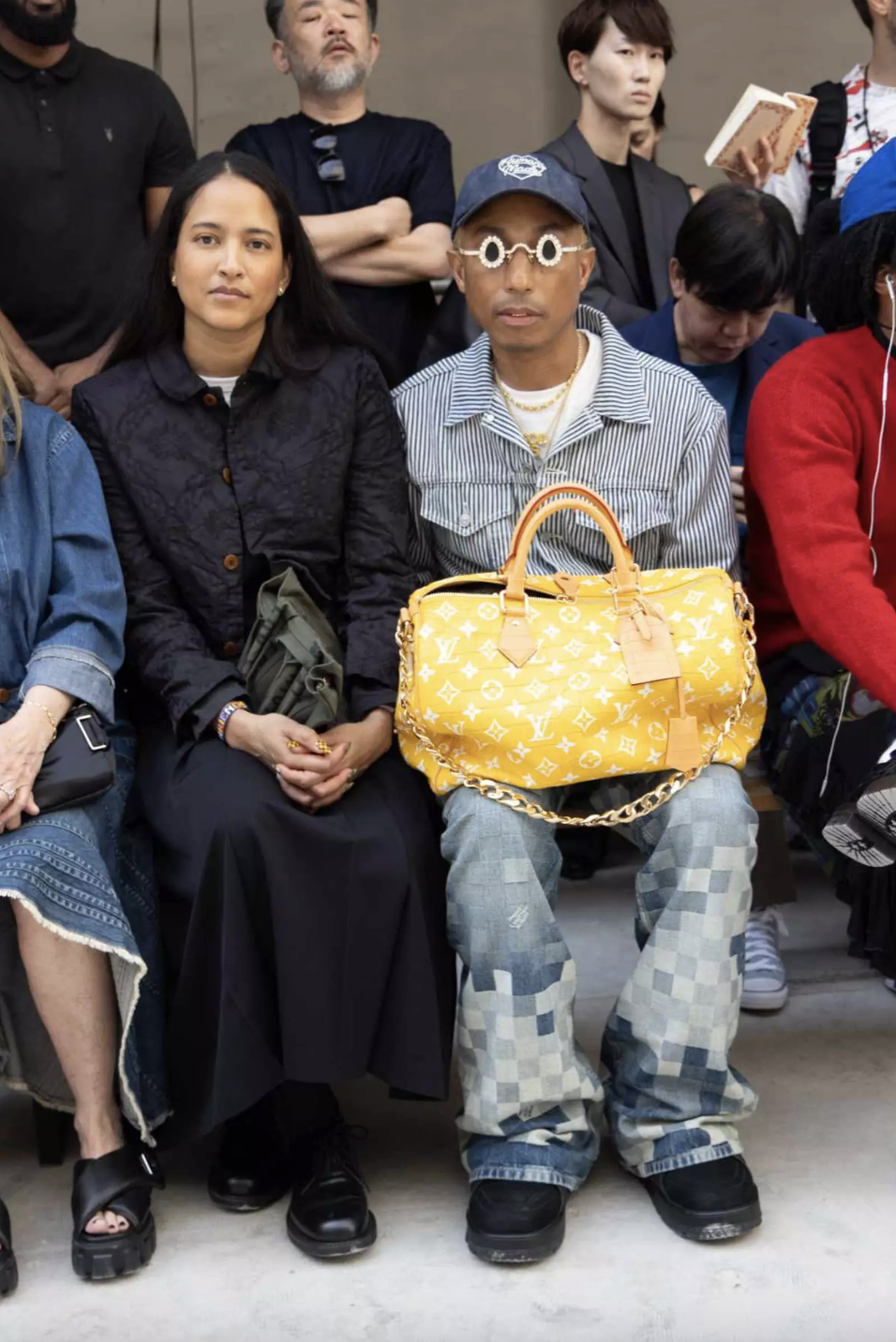
$1M Louis Vuitton Speedy bag designed by Pharrell. Image courtesy: Highsnobiety
Put another way, girl math is smart financial thinking. Consider it in the same vein as PurseBop’s hallmark handbag math. We calculate what, if anything, you can save by purchasing luxury handbags overseas. It is information to help you get the best bang for your buck.
Similarly, some people decide to purchase a Hermès Mini Kelly from a reseller for triple the resale price because they want that particular color/leather combo now rather than waiting. Others, calculate that the extra cost (and maybe risk) isn’t worth it.
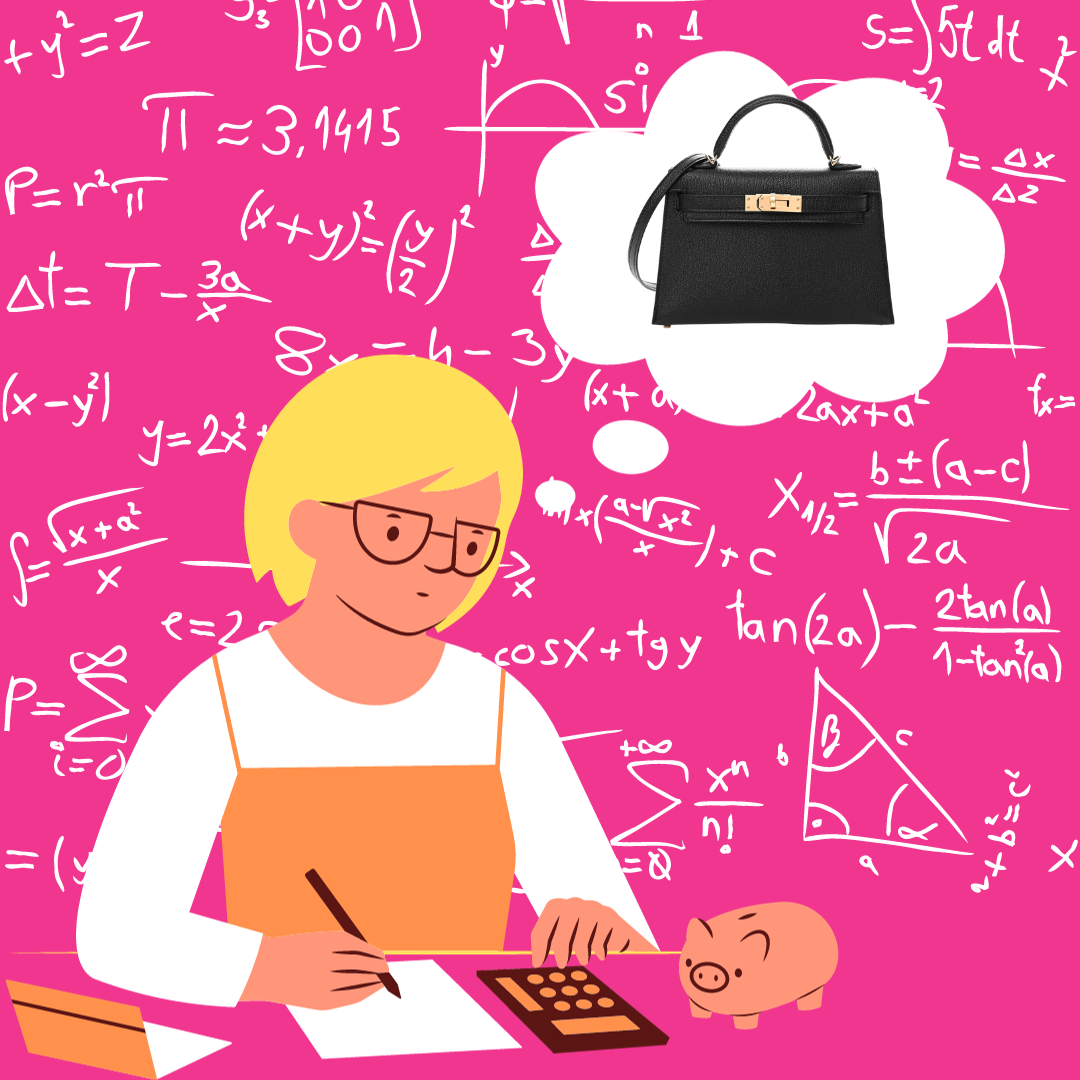
Indeed, the booming secondary market recognizes that these luxury handbags, even used, retain marketable value. Bags now are a category in financial luxury indices, much like art and wine. Considering how much you can recoup should you later rehome the bag, seems like another smart financial factor to consider. Even if someone on TikTok labels it girl math.
Perhaps, however, the bigger question is: Why do women (more than men) feel compelled to justify handbag purchases? On this point, we disagree with the psychologist cited at cnbc.com, that it is because you cannot afford it. Of course, that may sometimes or even often be the case but not always.
When you are talking about luxury handbag devotees used to shelling out four or five figures on a handbag, the cost is less of a barrier. There is less sticker shock, Chanel’s recent price hikes notwithstanding. However, just because you have the funds doesn’t mean you spend freely (or recklessly). These are fashion investments and rarely financial ones. And, as we always advise, do not go into debt for a bag.
Read:
Whether Your Hermès Bag Is An Investment May Depend On This Factor
However, even for those with assets, at a certain level, a girl math analysis, or PB handbag math, is just smart thinking to figure out whether the item is worth it to them at the time. After all, generally speaking, no handbag is a necessity; in most instances there’s a valid argument that, from a functional standpoint, a plastic or paper bag would suffice. And certainly, no one “needs” a Hermès Birkin or Chanel Classic Flap.
However, even for those with assets, at a certain level, a girl math analysis, or PB handbag math, is just smart thinking to figure out whether the item is worth it to them at the time. After all, generally speaking, no handbag is a necessity; in most instances there’s a valid argument that, from a functional standpoint, a plastic or paper bag would suffice. And certainly, no one “needs” a Hermès Birkin or Chanel Classic Flap.

On top of that, there is a historical component to the perceived need to justify a purchase. In so many households for so many decades, women have not had equal say in the family finances. It’s not enough to look to the justification; rather consider what is driving the “need” to justify. According to Dr. Ryger:
“There’s an archetypal legacy of women not being the earners and needing to ask for money . . . And so there’s that historic, “traditional” gendered expectation and mode of responding that really needs to be examined and updated. It’s not a requirement to justify a purchase by return on investment… or any other “traditional” justification.”
Yet another possible component is a discomfort making money decisions. Perhaps less so now, but there was a time when women neither had their own finances or experience managing it. As a result, feeling a need to make sure it’s okay, or even to have to ask permission, particularly for expensive items, is not uncommon. It’s part and parcel of why many women hide their purchases. Or wait for occasions to obtain gifts of expensive items like jewelry. Women buying their own diamonds remains a relatively new experience.
It’s particularly ironic though, since women traditionally dictate most of the day-to-day spending in households. And, for anyone who didn’t believe it before, this summer – with the Barbie movie, and sold out concert tours by Taylor Swift and Beyoncé – proved the financial power of women that extends well beyond handbags.
Of course, there can also be financial, peer, and/or social pressure to dress a certain way, and carry expensive items. That includes trying to portray an image of success, or keeping up with the Jones’ (or for luxury, the Kardashians). Indeed, the booming market for counterfeit and super-fake designer bags depends upon people unable or unwilling to pay for legit products but still wanting the look.
Whatever your reason for coveting and purchasing that luxury handbag, it’s okay – as long as you remain financially responsible. Beyond meeting basic human needs, we can always find arguably better and more charitable uses for our funds. But, as Dr. Ryger reminds us, “You can be a caring and generous person and also give to yourself.”
Just make sure to use your smart girl math to figure out if it makes sense for you.
Do you feel the need to justify luxury handbag purchases? Tell us why and how you do it.
Love, PurseBop
XO
Updated: October 6th, 2023



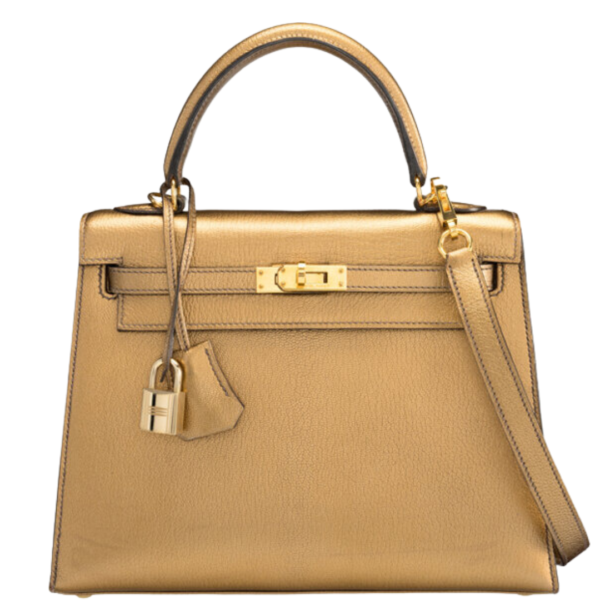
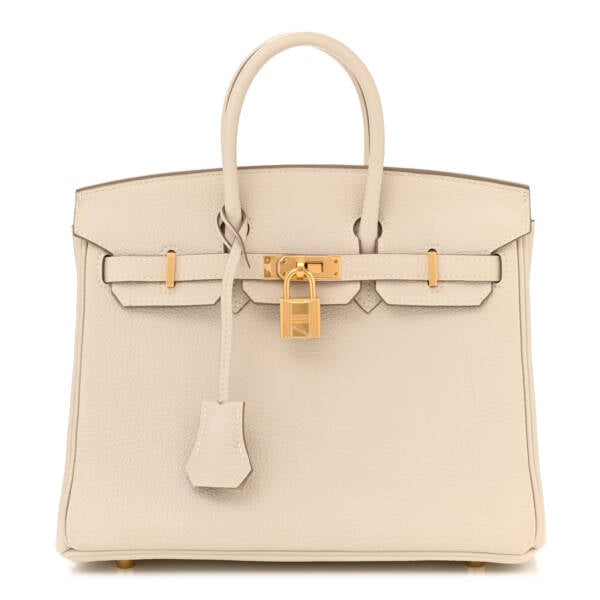
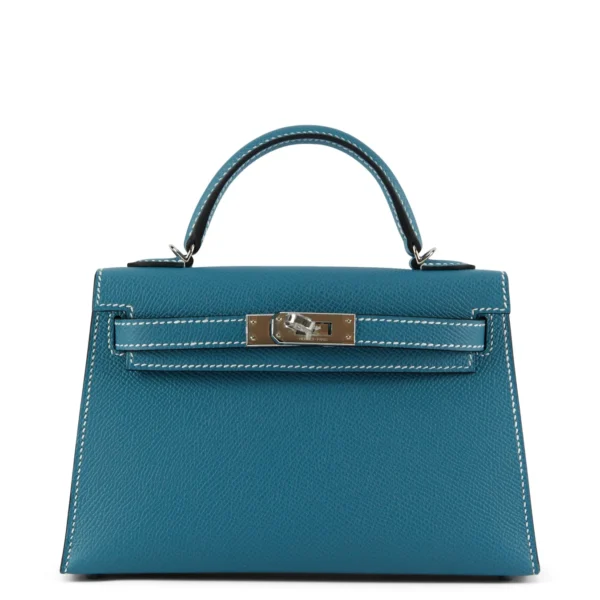
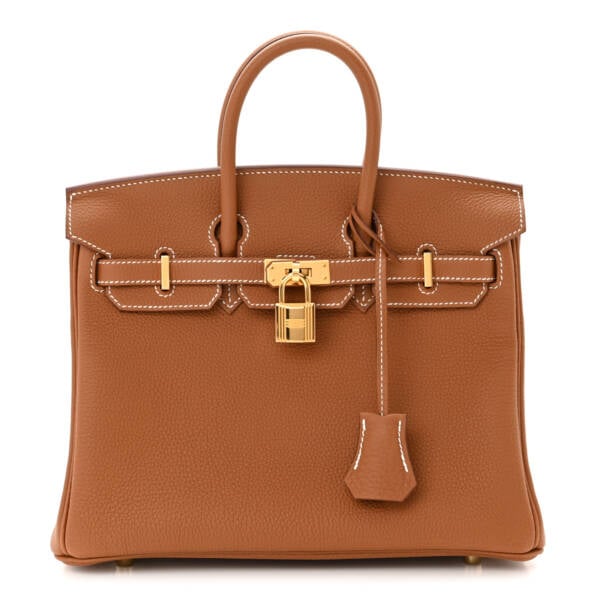
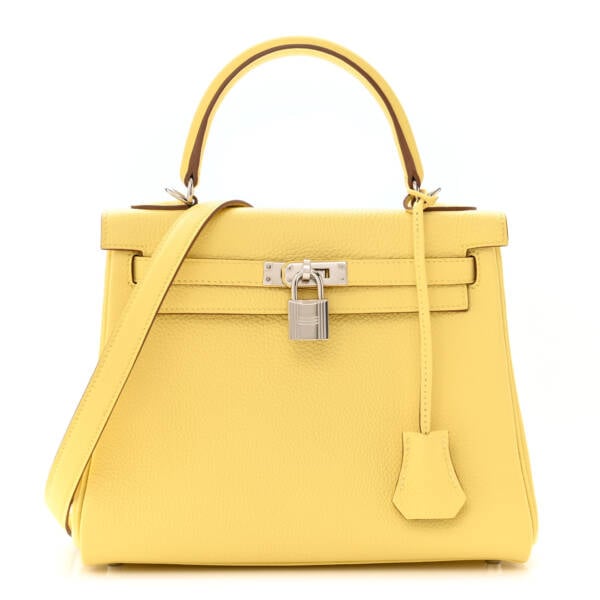
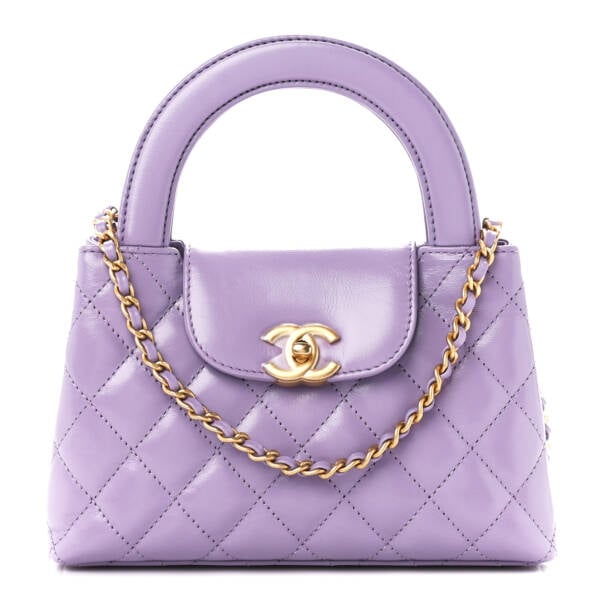
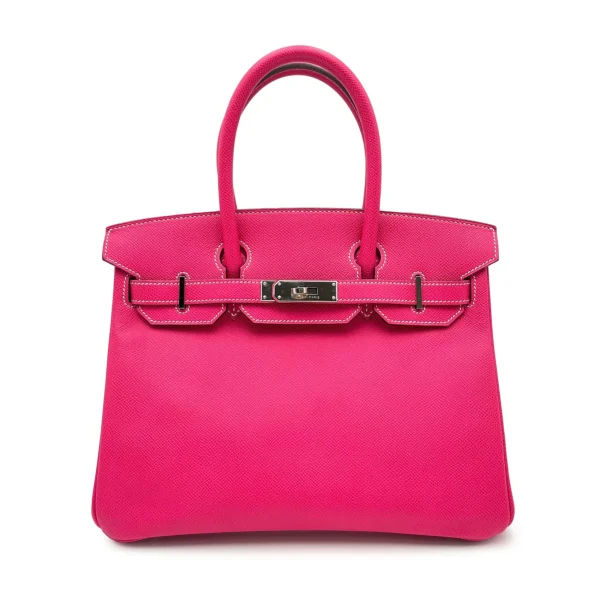
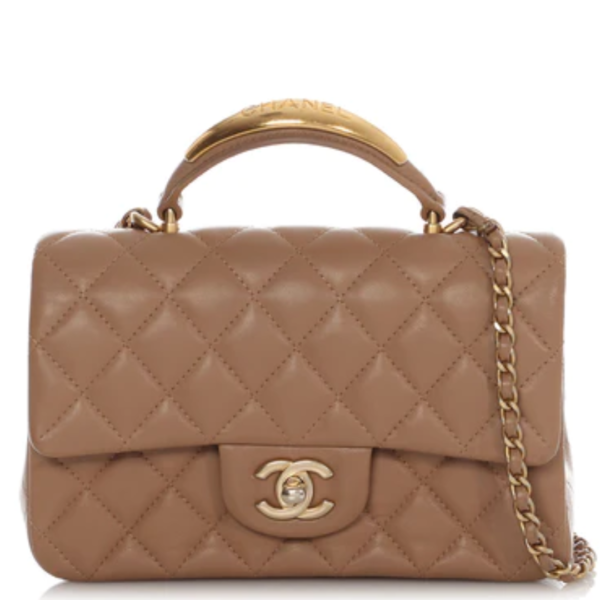
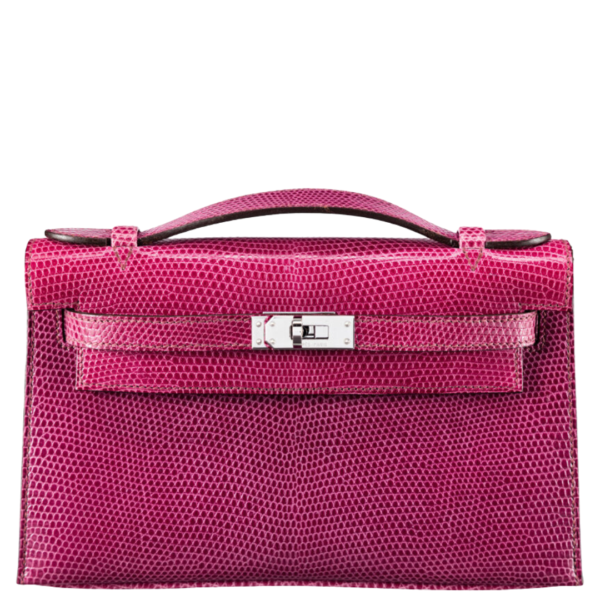
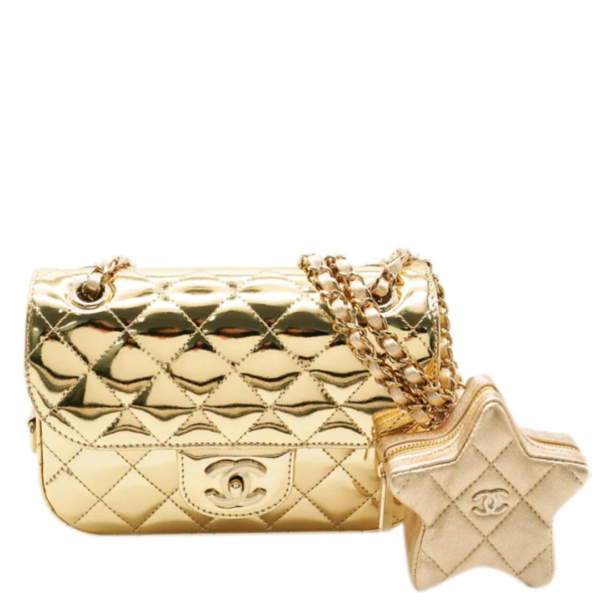

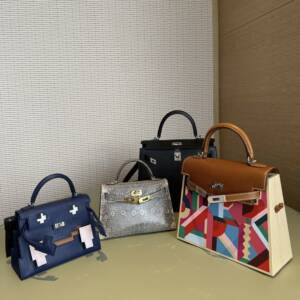
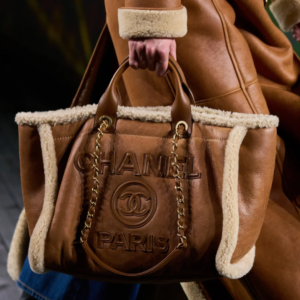
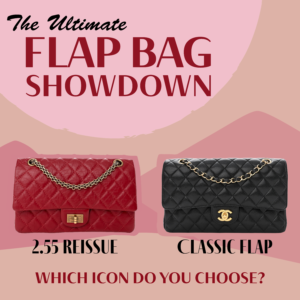
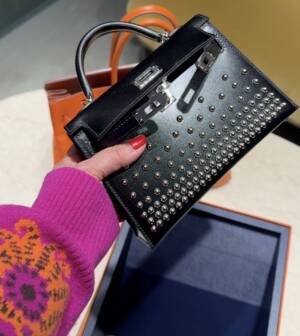
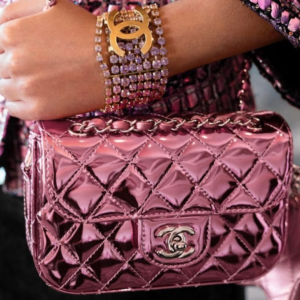



Comments
1 Responses to “Why “Girl Math” Shouldn’t Be A Thing”
This write up is a perfect example of why gen Z and Gen Alpha continue to drag millennials every chance they get. Not only is this take so unnecessary (and entirely too long) it completely misses the essence of “girl math”. Girl math isn’t just about handbags and other luxuries but the many ways women approach the cost of things, fiscally, mentally and physically. The topic didn’t need a dissertation on the subject written with condescending tone by someone who doesn’t even get the subject matter. Just say you don’t get it and keep it moving, it’s not that deep.